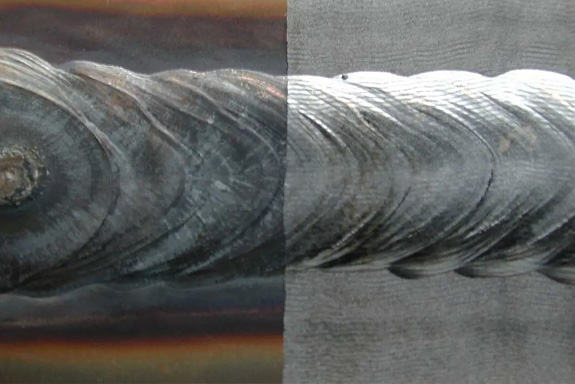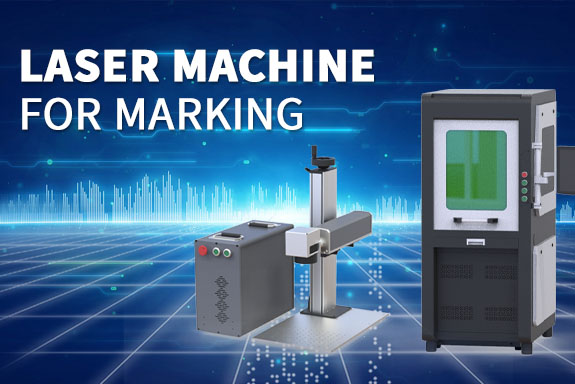Introduction to 3D Printing
3D printing has transformed the way we approach design, manufacturing, and prototyping. This innovative technology allows for the creation of three-dimensional objects from digital models, revolutionizing industries from aerospace to healthcare. As the demand for custom and complex parts increases, the role of a printable 3D printer becomes essential. These printers can produce intricate designs that traditional manufacturing methods struggle to achieve, paving the way for greater creativity and efficiency.
With advancements in technology, various types of 3D printers have emerged, each suited for specific applications. From resin 3D printers that create highly detailed prototypes to metal 3D printers capable of fabricating robust industrial components, the versatility of 3D printing has expanded tremendously. Understanding the different types of printers and their functionalities is crucial for choosing the best 3D printer for your needs.
The Rise of Printable 3D Printers
Printable 3D printers have made significant strides in recent years, becoming more accessible to both hobbyists and professionals. These printers range from entry-level models designed for beginners to high-end machines capable of producing intricate, industrial-grade components. The evolution of printable 3D printers has democratized the technology, allowing more people to engage in 3D printing and experiment with their designs.
One notable aspect of printable 3D printers is their compatibility with a wide range of materials. Whether you’re using plastic filaments for basic models or advanced materials like steel and resin, these printers offer flexibility in design and production. This adaptability has opened doors for various applications, from prototyping and product design to art and custom jewelry.
Types of 3D Printers
Different types of 3D printers cater to various needs and applications. Among them, the resin 3D printer stands out for its ability to produce high-resolution prints with fine details. This technology uses light to cure liquid resin into solid objects, making it ideal for creating intricate models, dental applications, and jewelry.
On the other hand, metal 3D printers have become increasingly popular in industries requiring robust components. A 3D printer for steel, for example, can produce strong, lightweight parts that are vital in aerospace and automotive applications. These printers utilize techniques such as direct metal laser sintering (DMLS) to create complex geometries that were previously unattainable.
The Best 3D Printers on the Market
Choosing the best 3D printer involves considering various factors, including print quality, speed, and material compatibility. Some popular models have garnered attention for their exceptional performance and user-friendly features. For instance, the Prusa i3 MK3S+ is often lauded as one of the best 3D printers for its reliability and ease of use, making it a favorite among both beginners and experienced users.
Additionally, industrial-grade printers like the Formlabs Form 3 are recognized for their precision and versatility, particularly in the resin printing category. These printers provide high-quality outputs that meet the demands of professional environments. When searching for a printable 3D printer, assessing your specific needs will help you select the model that best fits your requirements.
Applications of 3D Printing
The applications of 3D printing are vast and varied, impacting numerous industries. In the medical field, 3D printing enables the creation of customized prosthetics and implants, significantly improving patient outcomes. Printable 3D printers allow for tailored solutions that address individual needs, enhancing the overall effectiveness of medical devices.
In the automotive industry, 3D printing is used for rapid prototyping, allowing manufacturers to test designs quickly and efficiently. Metal 3D printers play a critical role in producing lightweight components that enhance fuel efficiency without sacrificing strength. As industries continue to explore the potential of 3D printing, the technology’s versatility will only become more apparent.
Cost Considerations for 3D Printing
While the advantages of 3D printing are numerous, the associated costs are an important consideration for potential users. The price of a printable 3D printer can vary widely based on its capabilities and features. Entry-level printers are often more affordable, making them accessible for hobbyists and educators. However, advanced models, particularly those designed for metal printing or high-resolution resin printing, can represent a significant investment.
Additionally, users should consider the ongoing costs of materials and maintenance. For instance, filament and resin can add to the overall expenses of operating a 3D printer. Budgeting for these factors will help users make informed decisions when selecting the best 3D printer for their needs.
Innovations in 3D Printing Technology
The landscape of 3D printing is continually evolving, with ongoing innovations enhancing the technology’s capabilities. Recent advancements in materials and printing processes have improved the strength and durability of printed objects, making 3D printing a viable option for even more applications.
One exciting development is the use of hybrid printing technologies that combine additive and subtractive manufacturing processes. This approach allows for the production of complex geometries while also enabling post-processing capabilities that enhance surface finishes and tolerances. Such innovations are likely to expand the scope of 3D printing, further solidifying its role in modern manufacturing.
Conclusion
In conclusion, 3D printing is a transformative technology that has reshaped how we approach design and manufacturing. With a variety of printable 3D printers available, users can choose the best options to suit their specific needs, from intricate resin prints to robust metal components. As the technology continues to advance, the potential applications of 3D printing will only grow, making it an exciting field for both creators and industries alike. Embracing this innovative technology will undoubtedly lead to a future where custom, high-quality products are more accessible than ever.
由用户整理投稿发布,不代表本站观点及立场,仅供交流学习之用,如涉及版权等问题,请随时联系我们(yangmei@bjjcz.com),我们将在第一时间给予处理。







